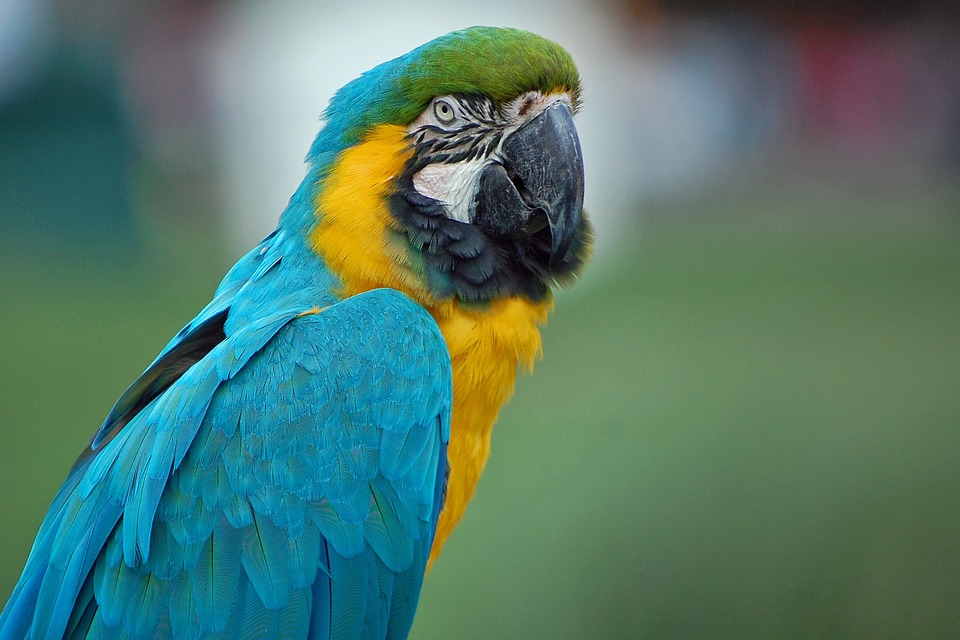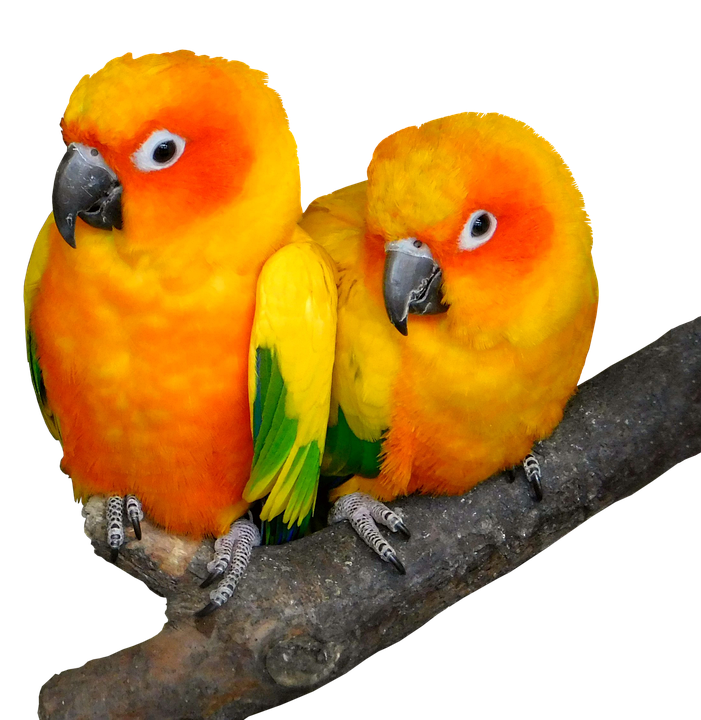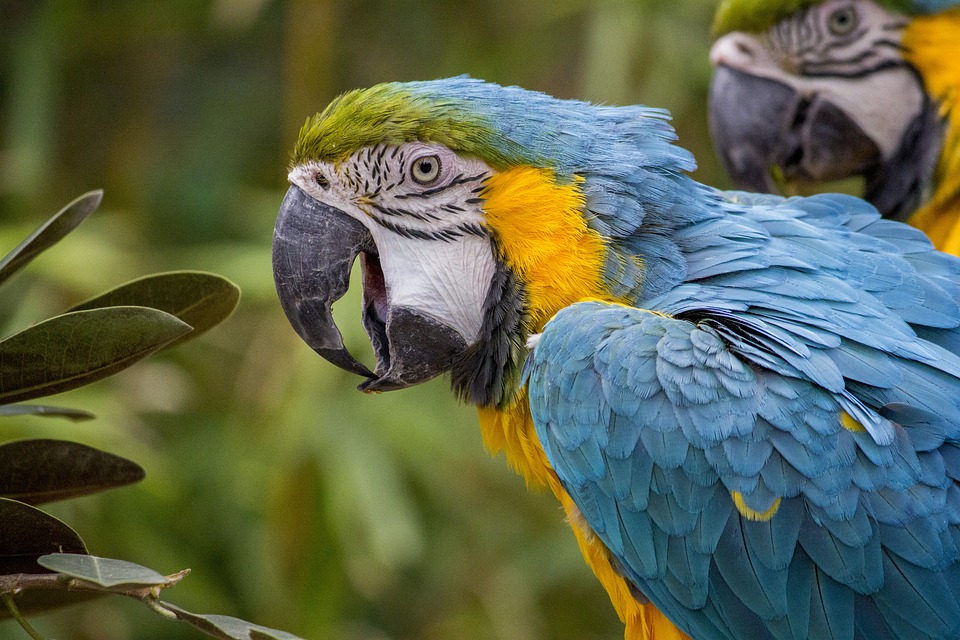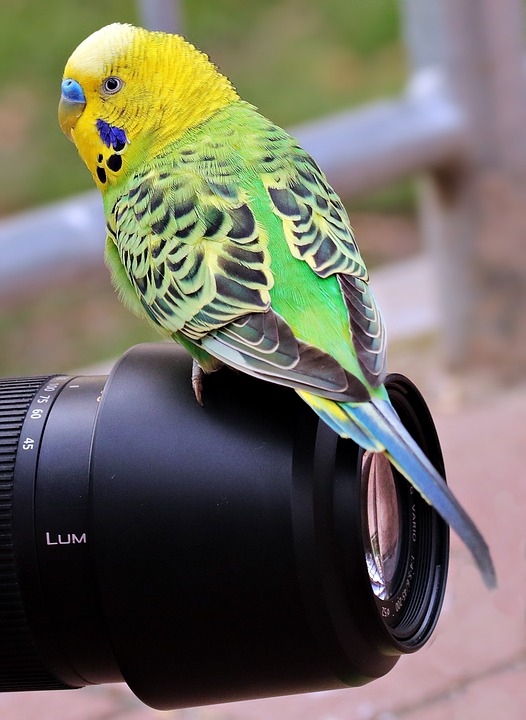Teaching your parrot to balance on a perch is a great way to enhance their physical coordination and mental focus. Not only does it strengthen their core muscles and improve their posture, but it also provides mental stimulation and builds trust and bonding between you and your feathered friend. In this article, we will provide a step-by-step guide to help you develop your parrot’s steadiness skills and unlock their balancing potential.
The first step in training your parrot to balance on a perch is choosing the right perch. It should be wide enough for your parrot to comfortably stand on without slipping and made of natural materials, like wood, to provide a secure and comfortable grip. Additionally, position the perch at a suitable height within your parrot’s reach and away from any hazards or distractions.
Once you have selected the perfect perch, introduce it to your parrot’s environment. Place it near their cage or in a familiar area within their play space. Allow your parrot to explore the perch on their own terms, without any pressure or expectations.
Next, encourage your parrot to step onto the perch voluntarily. Use positive reinforcement techniques, such as offering their favorite treats or verbal praise, to reward them for any interaction with the perch. This will help them associate the perch with positive experiences and build confidence.
As your parrot becomes comfortable perching on the lower level of the perch, gradually elevate it to a slightly higher position. Continue using positive reinforcement to motivate your parrot to step up and explore the elevated perch. Be patient and repeat the training sessions regularly, gradually increasing the elevation as your parrot becomes more confident.
The key to developing steadiness in your parrot’s balancing skills is to gradually increase the elevation of the perch. Encourage your parrot to maintain balance and stay steady on the perch for longer durations. This will help them build core strength and improve their overall coordination. Remember to be patient and repeat the training sessions regularly to reinforce the desired behavior.
Now, let’s address some frequently asked questions about parrot balance training.
Q1: How long does it usually take for a parrot to learn to balance on a perch?
The time it takes for a parrot to learn balancing skills can vary depending on their individual temperament and previous training experiences. Generally, it may take several weeks or even months of consistent training sessions for your parrot to achieve steadiness on a perch. Remember to be patient and celebrate small progress along the way.
Q2: Is it possible to train older parrots to balance on a perch?
Absolutely! Parrots of any age can learn new skills and tricks, including balancing on a perch. However, older parrots might require additional patience and a gradual training approach. Take it slow and adapt the training process to suit your parrot’s individual needs.
Q3: What should I do if my parrot is afraid of the perch?
If your parrot shows fear or reluctance towards the perch, it’s essential to create a positive association. Start by placing the perch near their cage, allowing them to explore it at their own pace. Offer treats and praise when they show curiosity or interact with the perch. Gradually progress through the steps, ensuring your parrot feels safe and comfortable throughout the training.
Q4: Can I use different types of perches for training?
Yes, incorporating various types of perches, such as different sizes or textures, can help your parrot generalize their balancing skills. However, ensure the perches are safe, secure, and appropriate for your parrot’s size and species. You can gradually introduce different perches once your parrot has mastered the basic balancing skills.
Remember, each parrot is unique, so adapt the training process to suit your feathered companion’s individual needs. By investing time, patience, and positive reinforcement, you can effectively teach your parrot to balance on a perch, unlocking a world of physical and mental development for your delightful companion. Happy training!









